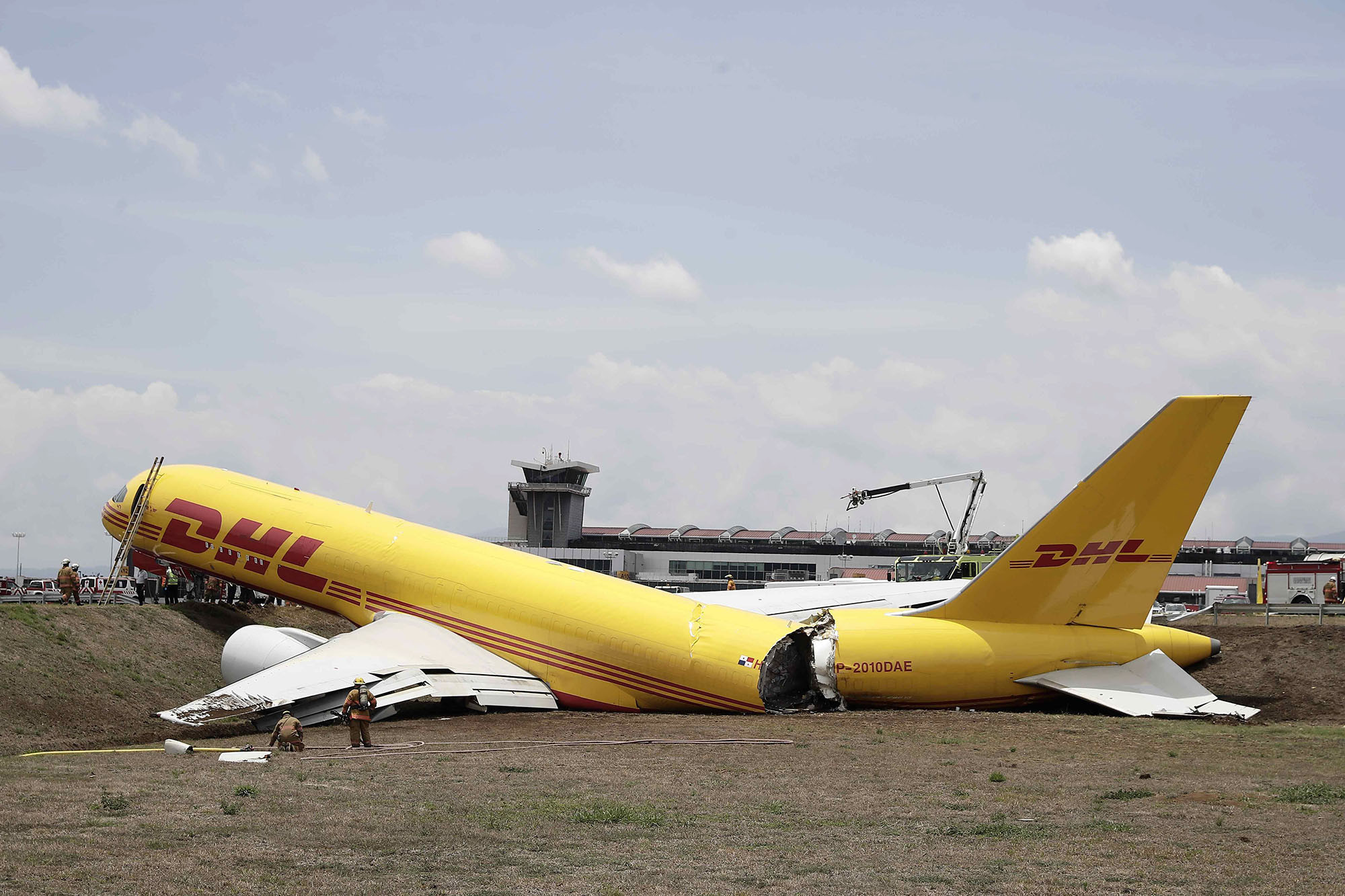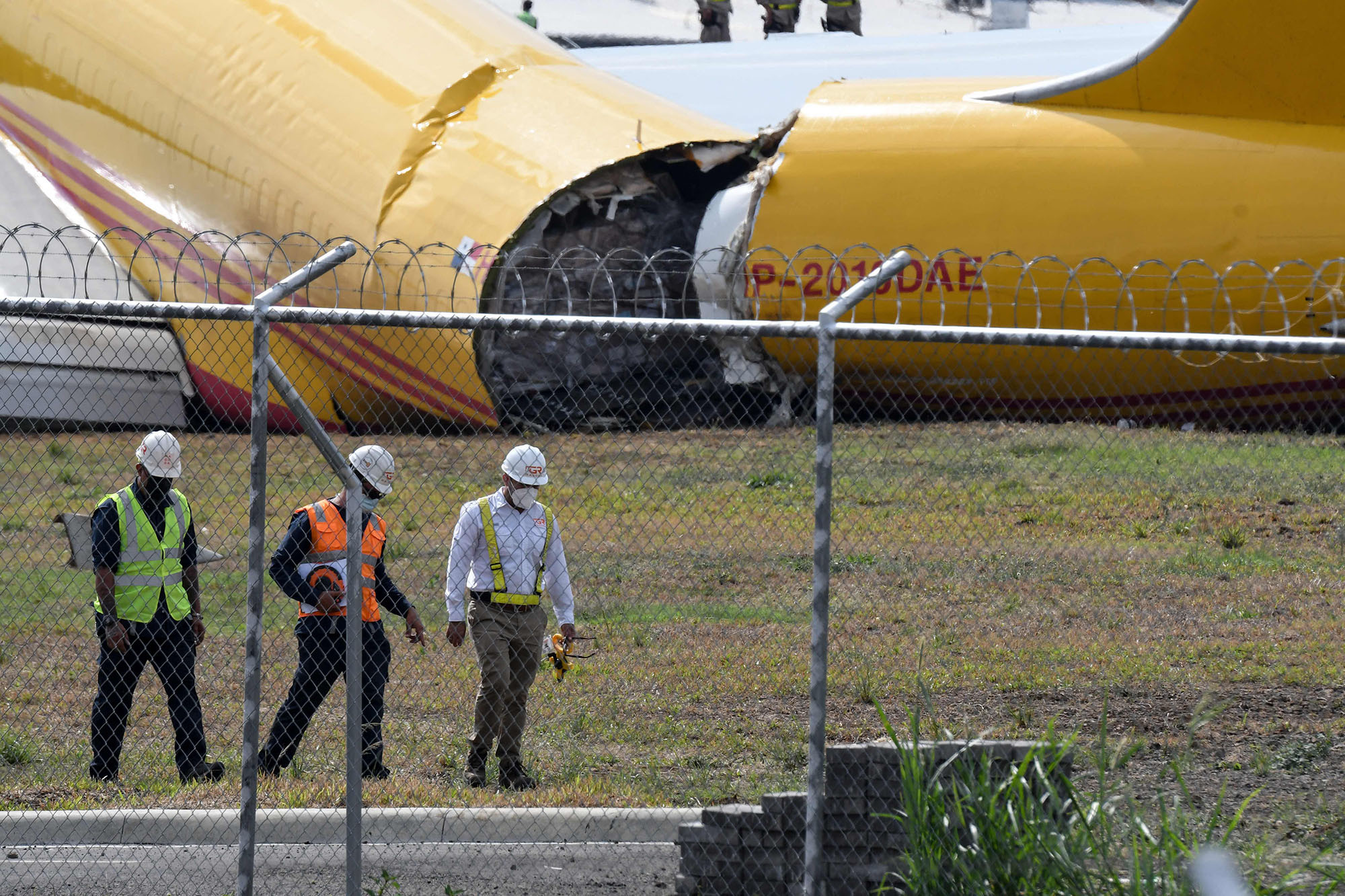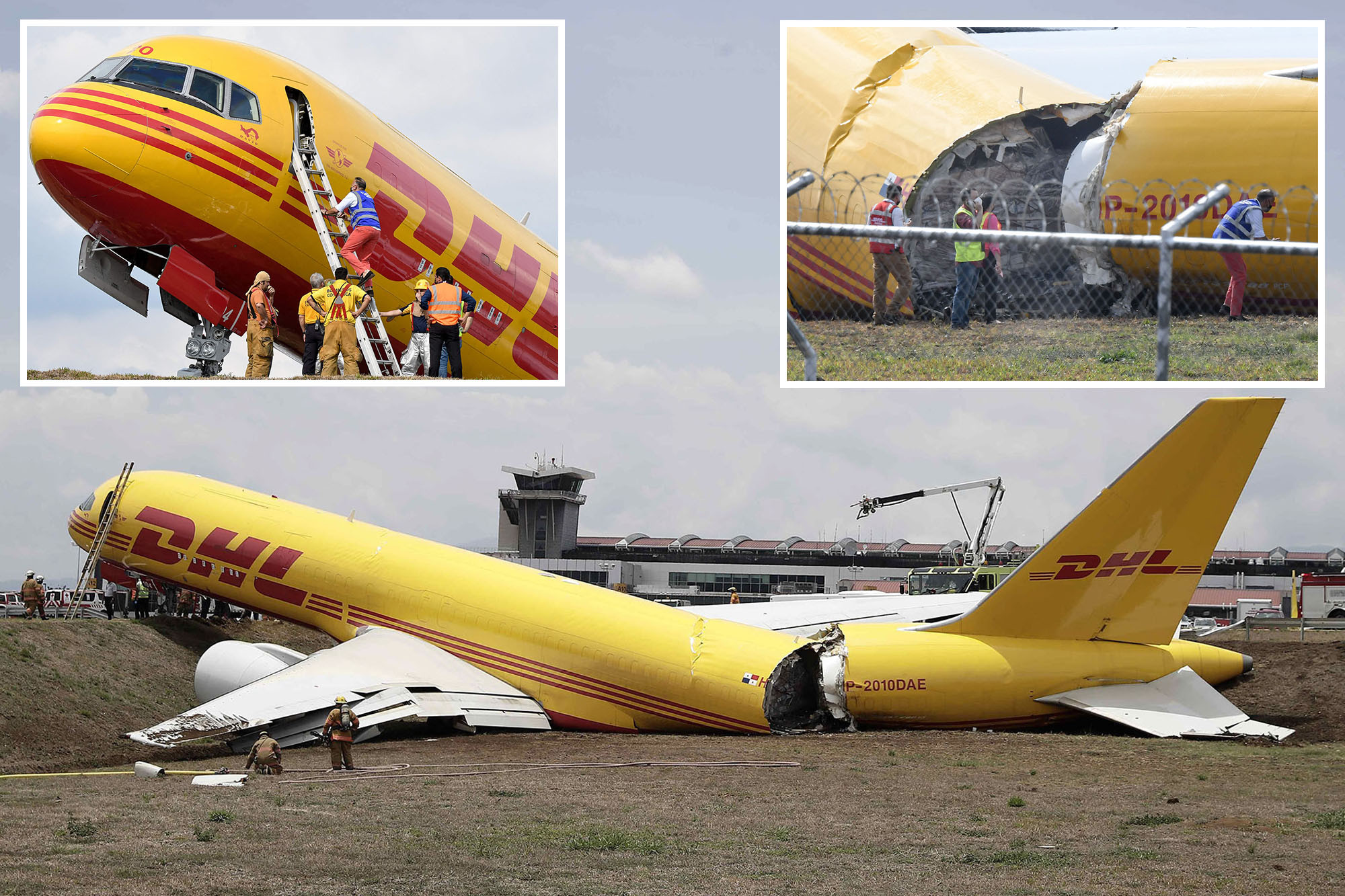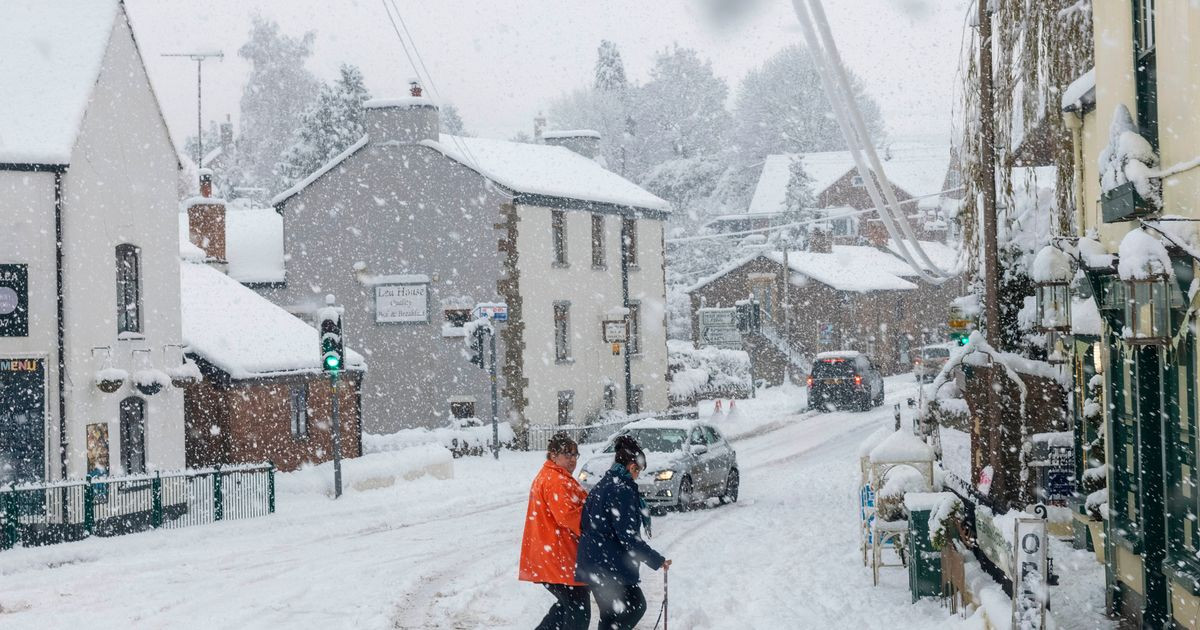DHL Cargo Plane Crash in Lithuania: One Dead, Sabotage Suspected?
A DHL cargo plane crashed on approach to Vilnius Airport in Lithuania on Monday morning, resulting in the tragic death of a Spanish crew member. The incident, which saw the aircraft skid into a residential house, has sparked a wide-ranging investigation into the cause of the crash, with the possibility of sabotage being a key focus.
The initial reports paint a picture of a seemingly normal descent before a sudden and catastrophic event. Surveillance footage captured the plane's approach, showing it descending normally before exploding into a large fireball. Lithuanian officials are exploring the possibility of Russian involvement given the country’s alleged role in similar incidents. The chief of Lithuanian intelligence, Darius Jauniškis, confirmed that terrorism is a potential line of inquiry stating, “Without a doubt, we cannot rule out the terrorism version.” This cautious approach highlights the gravity of the situation and the potential for deliberate malicious intent.
The Crash and its Aftermath
The aircraft, identified as a DHL cargo plane arriving from Leipzig, Germany, was carrying four crew members: one Spanish citizen, one German citizen, and two Lithuanian citizens. One Spanish crew member tragically perished at the scene, while the other three sustained injuries. The head of communications for Lithuanian police, Ramūnas Matonis, confirmed the casualties in an email. The rapid response of emergency services prevented further casualties as, thankfully, despite the crash occurring in a residential area, no lives have been lost among the local population, as stated by Prime Minister Ingrida Šimonytė.
The scene was chaotic, as described by eyewitness Svaja, who was startled by a flash of light and a subsequent explosion, leading to an immediate belief that world war had begun. Fragments of the aircraft, recognizable by DHL’s trademark yellow livery, were strewn across the crash site, along with signs of the subsequent fire that engulfed a nearby house. Rescue workers promptly sealed off the area, ensuring public safety and allowing for an orderly investigation to commence. “Residential infrastructure around the house was on fire, and the house was slightly damaged, but we managed to evacuate people,” Renatas Požėla, chief of the Fire and Rescue Department, confirmed, emphasizing the rapid response that prevented larger-scale damage.
The Investigation
The investigation is currently focused on establishing the cause of the crash. Officials from the German Federal Bureau of Aircraft Accident Investigation have been dispatched to Lithuania to support the local authorities in their efforts. Both Lithuanian and German officials urged caution against drawing hasty conclusions before all the evidence has been gathered and meticulously analyzed. Mehmet Atta, German Interior Ministry spokesperson, aptly summarizes this sentiment by stating, “No statements can yet be made about the cause of the accident. Whether it was an accident or whether another cause led to the crash of the cargo plane is the subject of the current investigation.”
The Sabotage Suspicions
Given recent incidents involving suspected Russian sabotage, including arson attacks, disinformation campaigns, and incendiary devices found in cargo packages, Lithuanian officials are cautiously exploring this line of inquiry. Western security officials share this concern, citing Russia’s increasingly aggressive tactics in response to support for Ukraine. This theory is strengthened by the previous incidents mentioned; one cargo plane caught fire at a courier hub in Germany and another ignited in a warehouse in England. The Lithuanian defense minister, Laurynas Kasčiūnas, while stating that “there were definitely no external factors that could have damaged the plane,” also acknowledged the need for thorough investigation and the interview of surviving crew members and analysis of the black box to uncover the true cause of the crash. The investigation will likely take some time.
The International Response
The incident has drawn international attention, with various countries offering their assistance and support to the Lithuanian authorities. The DHL aircraft was operated by Swiftair, a Madrid-based contractor. DHL stated the plane “made a forced landing” but the cause remains under investigation. The incident has also brought to light concerns about the potential for sabotage, highlighting the need for enhanced security measures in the transportation industry. Flight-tracking data indicates that the plane made a turn before crashing. Weather conditions were cold, with clouds and winds around 30 kph (18 mph), but the age of the plane (31 years) is also being considered, a factor that often plays a part in accident investigation. The investigation into the cause of the crash will need thorough analysis. This is a crucial step in ensuring the safety of future flights.
Awaiting Answers
The investigation is ongoing, and many questions remain unanswered. The surviving crew members’ testimonies will be crucial in piecing together the events leading up to the crash. The analysis of the flight data recorder (black box) will provide essential technical information. The ongoing investigation underscores the seriousness of the incident and the determination to uncover the truth, regardless of how long it takes. Speculation at this time serves no purpose, and the focus must be on a thorough investigation into what happened that morning, that killed a Spanish citizen, injuring three others, and sparked a wide-ranging investigation into whether it was a terrible accident, or a deliberate act of malice.



















